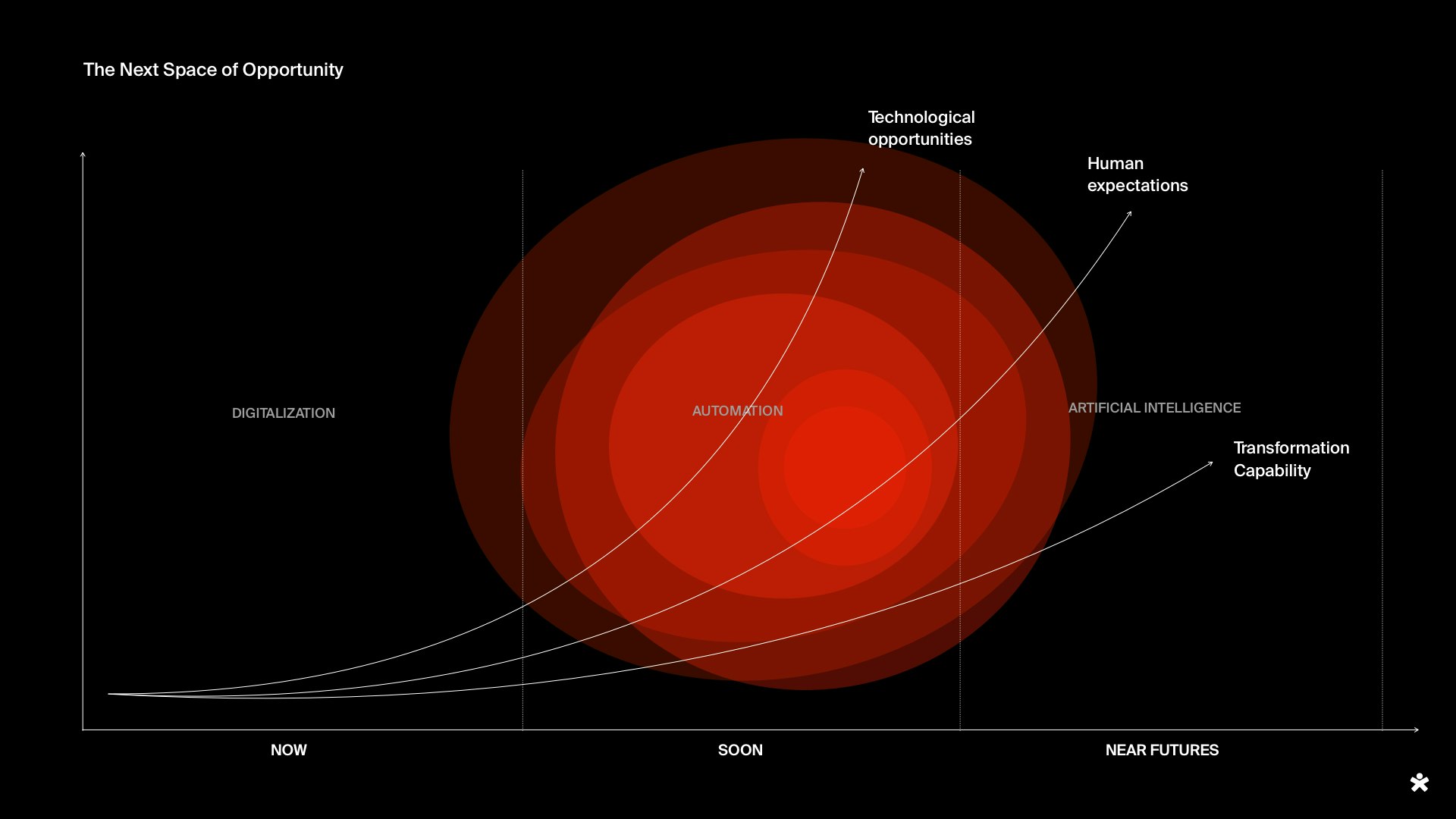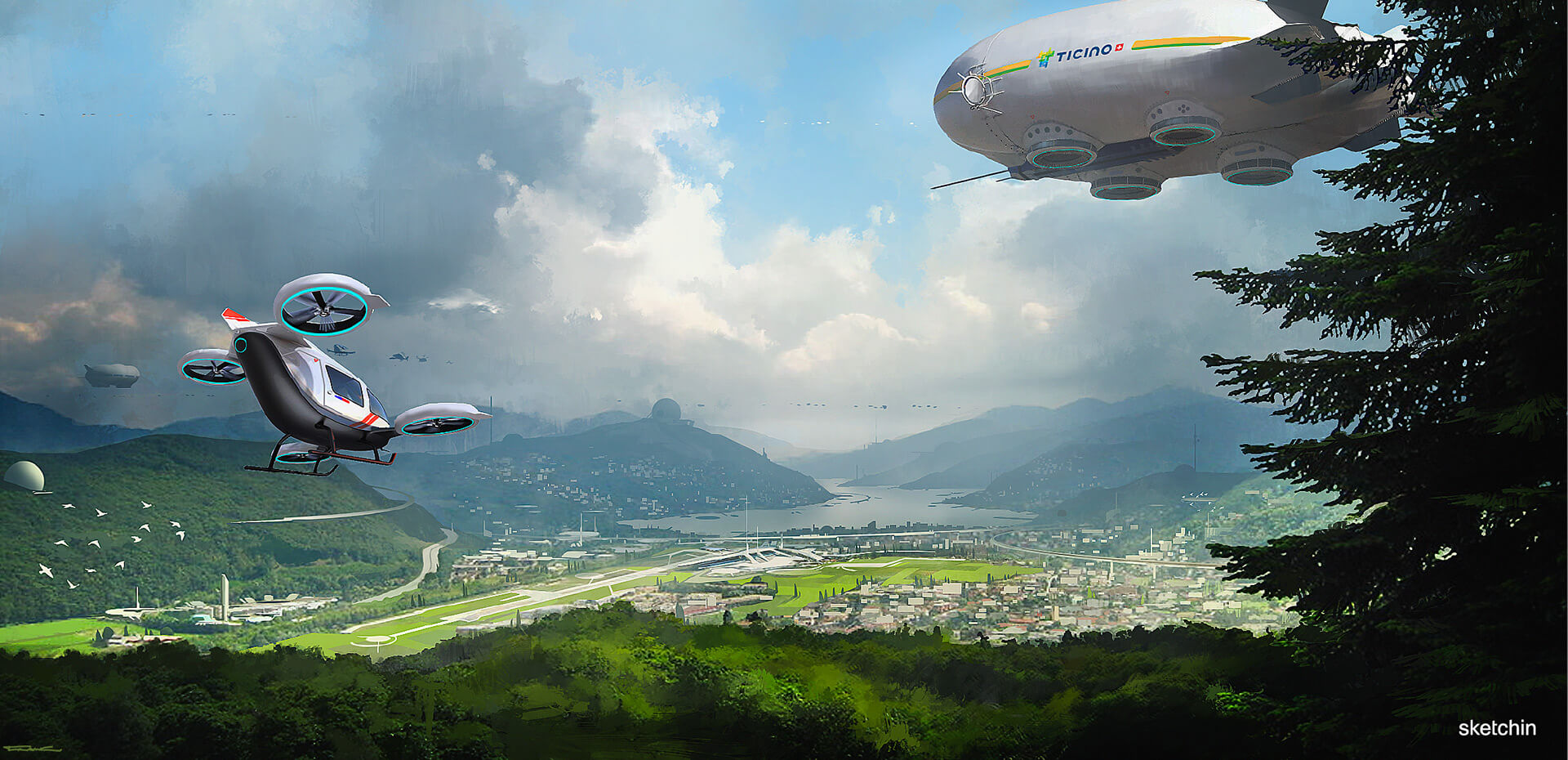The Twenties of the new century have just begun, and it’s time to do some thinking about the decade that awaits us. In the last decade, the world as we know it has changed a great deal in almost all areas: political instability, market volatility, general uncertainty in the economic and social dimension. We can dust off the concept of Vuca, an acronym (Volatility, Uncertainty, Complexity, Ambiguity) coined after the end of the Cold War to describe the current state of affairs.
It seems that Giambattista Vico was right in saying that history proceeds by courses and recourses: a significant acceleration of economic and social phenomena characterized even the Twenties of the previous century. We hope, however, that, for the political part, it will be better than then.
In the business world — the one we can observe more closely from our studio — we have noticed how new players have invaded the landscape. They exploit emerging technologies and new operational models to redefine policies to become the reference points not only of the market but also of civil society, defining new levels of quality in people’s experience and service models.
We can also cite some companies as paradigms of some trends: WeChat is the symbol of how the boundaries between different industries are fading; Tesla or Amazon defines the level of experience we all want to live; Forward shows how new technologies are opening up entirely new markets.
Furthermore, the situation of global political uncertainty has been so great that we are beginning to look at these realities and the models on which they are based as a possible solution to regulate the rest of society. Radical change is not only inevitable but also desirable.



